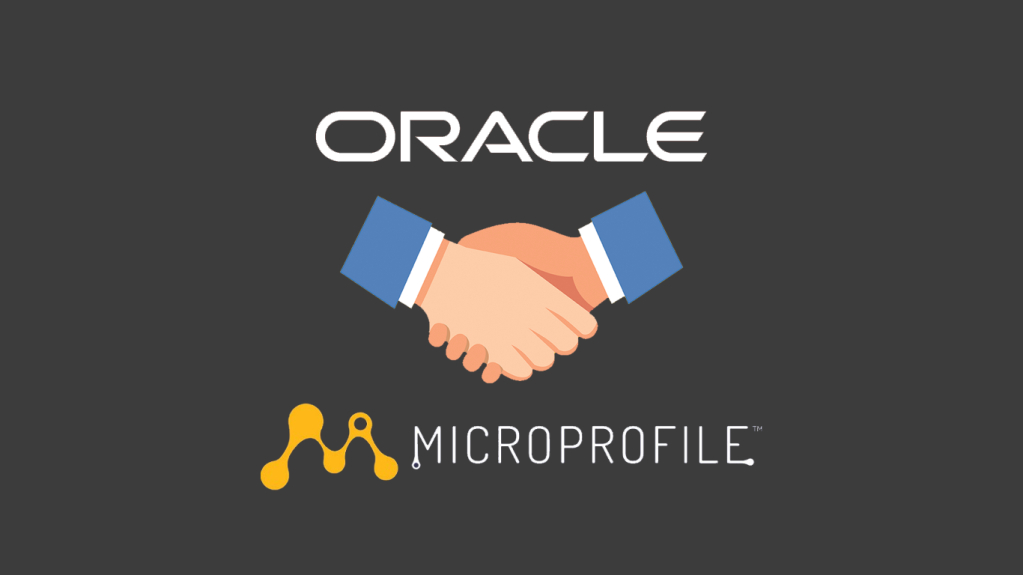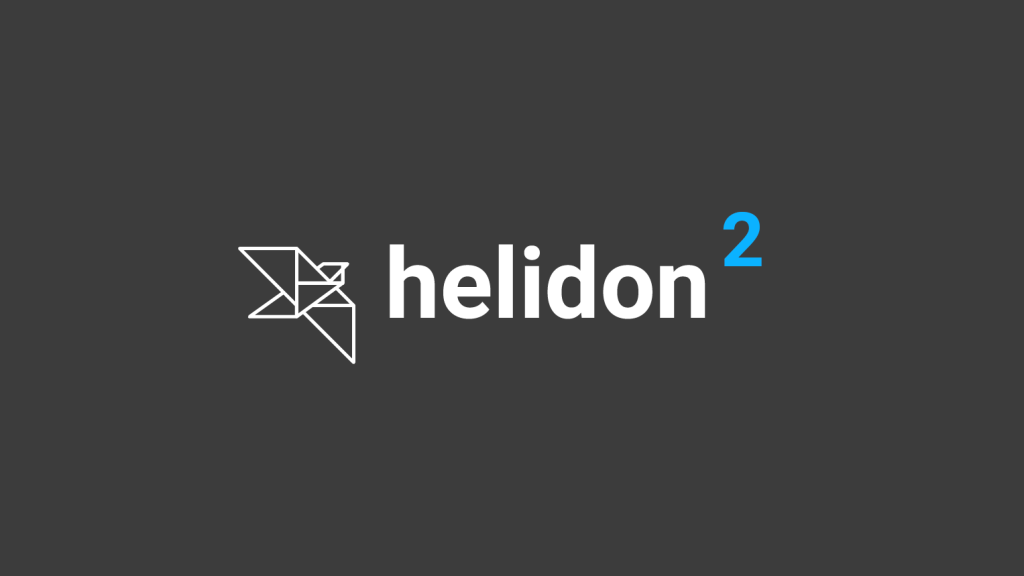
The Jakarta EE Developer Survey is in its fourth year and is the industry’s largest open source developer survey. It’s open until April 30, 2021. I am encouraging you to add your voice. Why should you do it? Because Jakarta EE Working Group needs your feedback. We need to know the challenges you facing and suggestions you have about how to make Jakarta EE better.
Last year’s edition surveyed developers to gain on-the-ground understanding and insights into how Jakarta solutions are being built, as well as identifying developers’ top choices for architectures, technologies, and tools. The 2021 Jakarta EE Developer Survey is your chance to influence the direction of the Jakarta EE Working Group’s approach to cloud native enterprise Java.
The results from the 2021 survey will give software vendors, service providers, enterprises, and individual developers in the Jakarta ecosystem updated information about Jakarta solutions and service development trends and what they mean for their strategies and businesses. Additionally, the survey results also help the Jakarta community at the Eclipse Foundation better understand the top industry focus areas and priorities for future project releases.
A full report from based on the survey results will be made available to all participants.
The survey takes less than 10 minutes to complete. We look forward to your input. Take the survey now!





